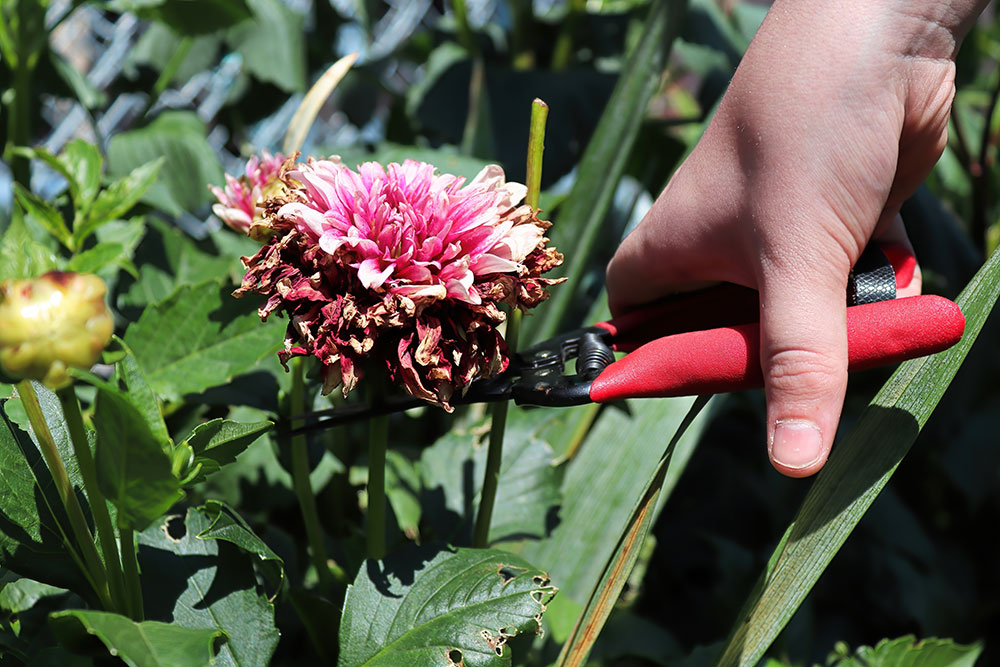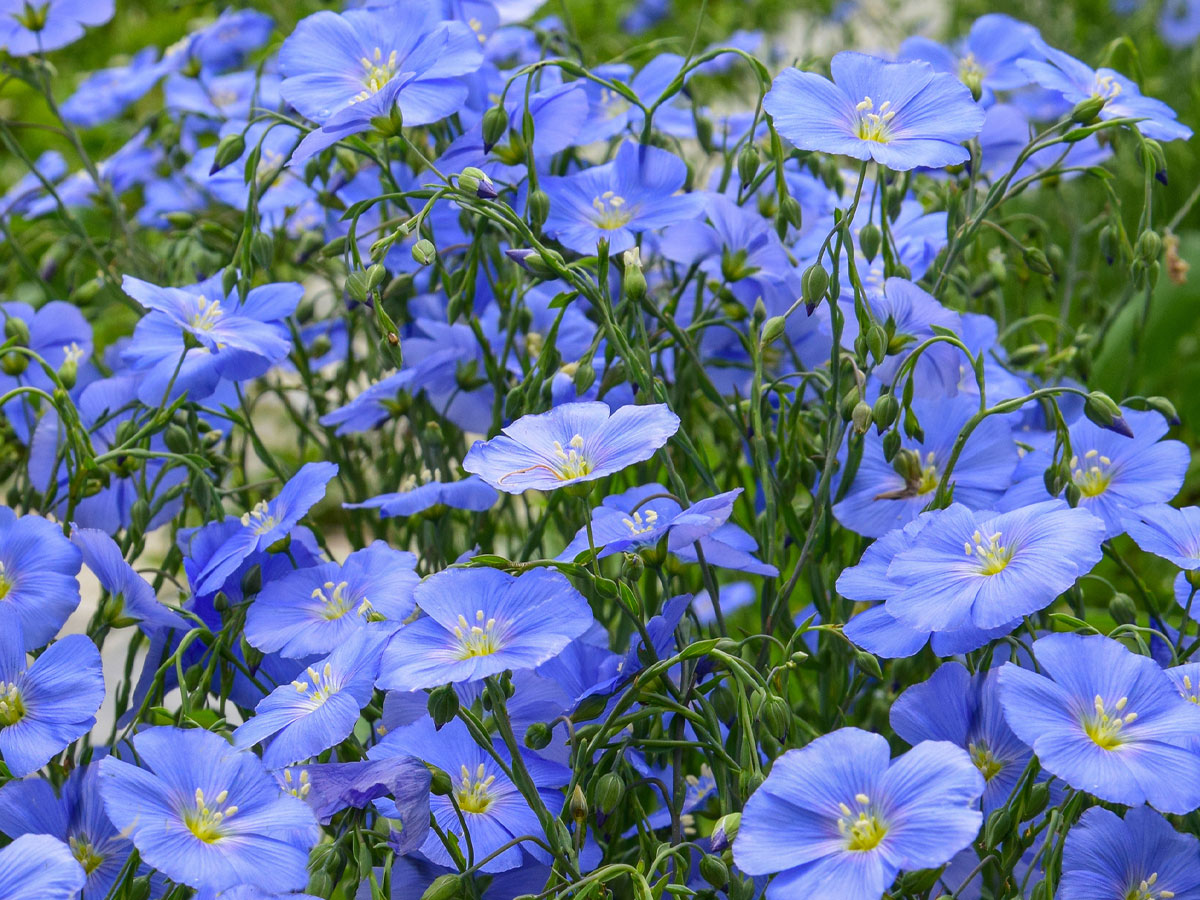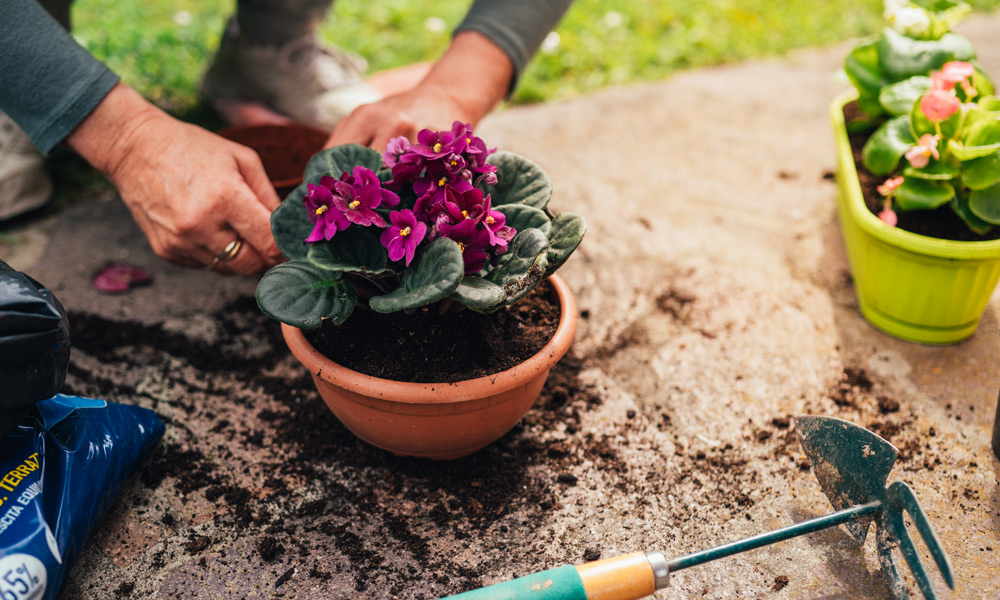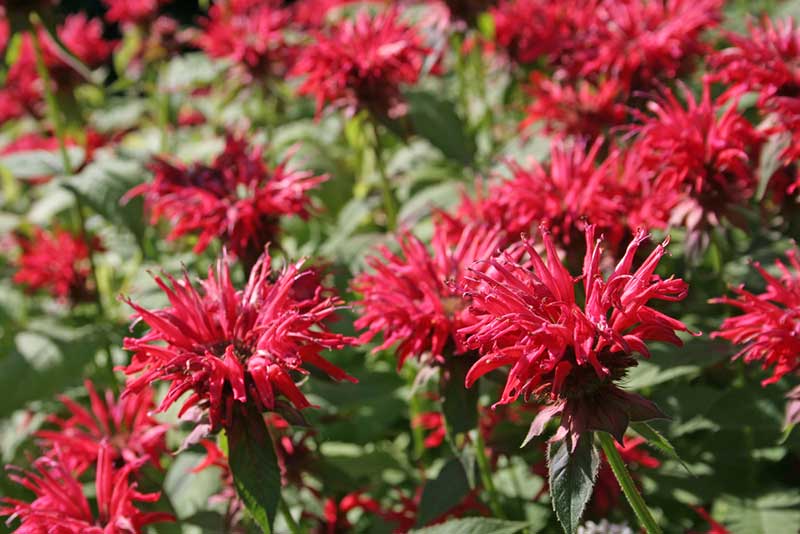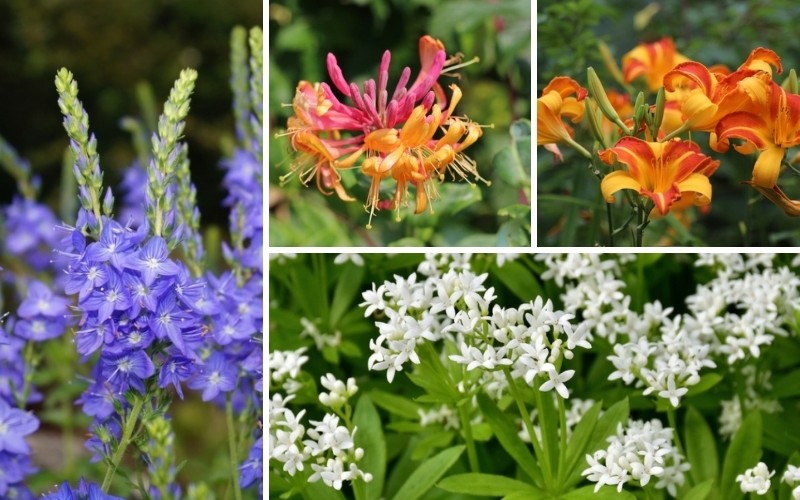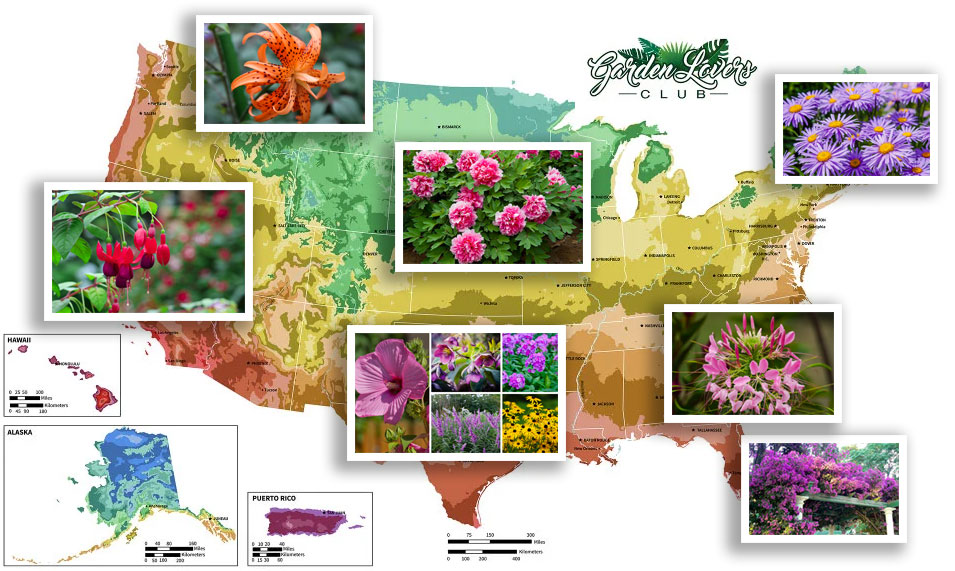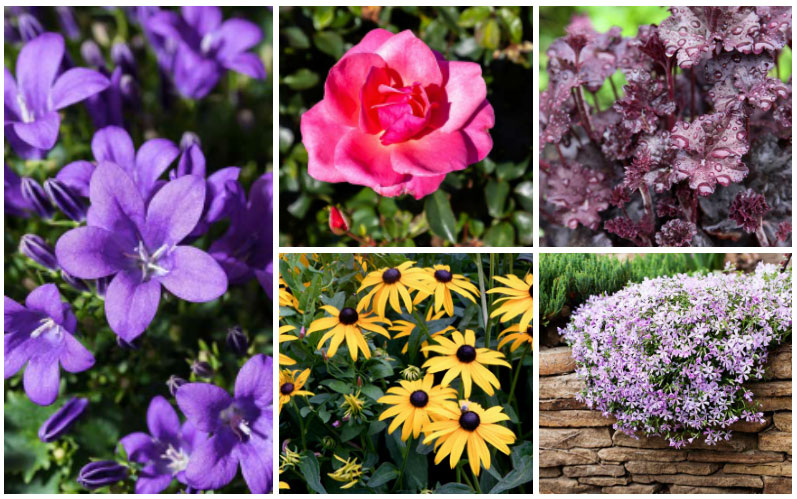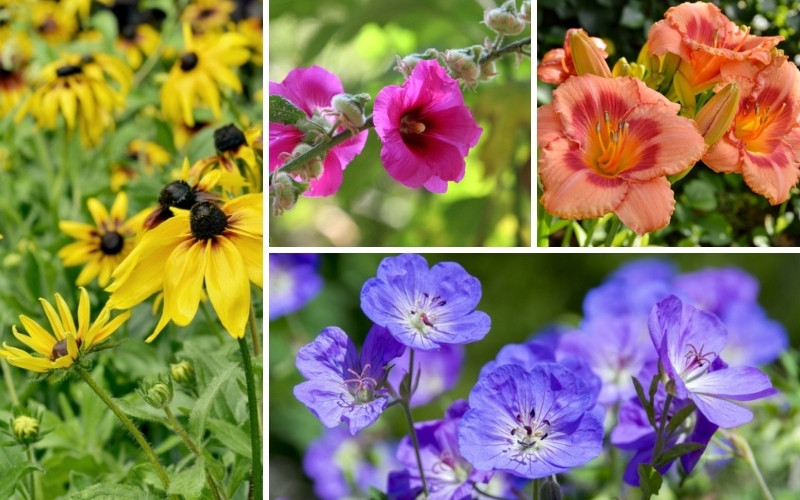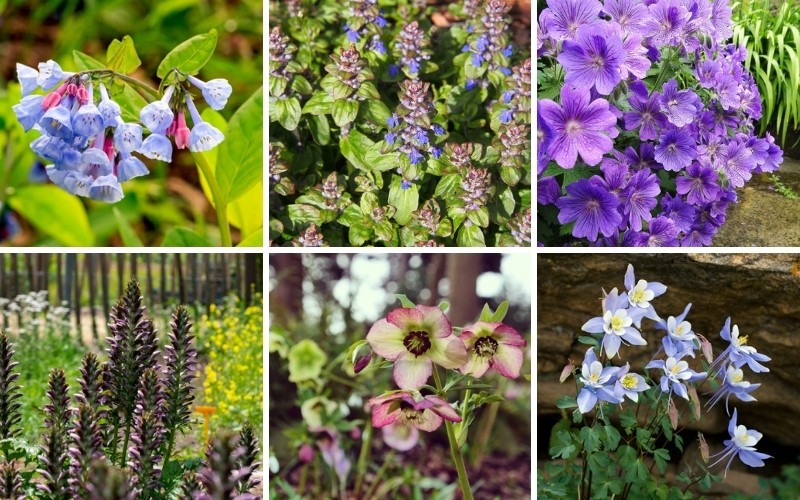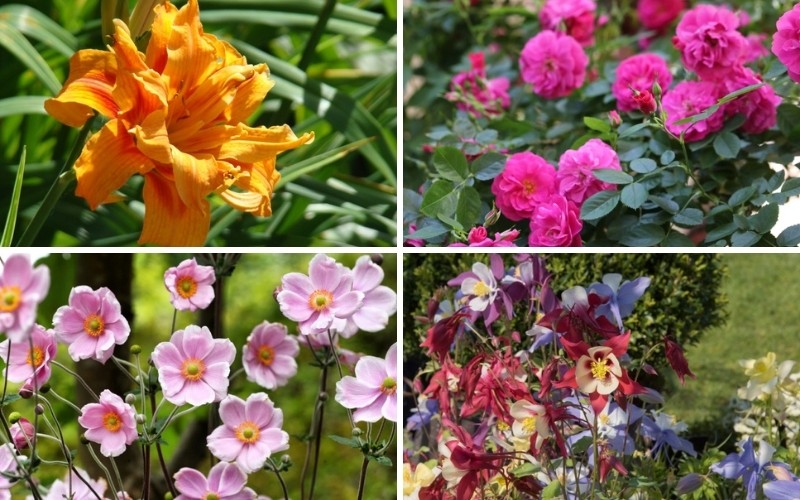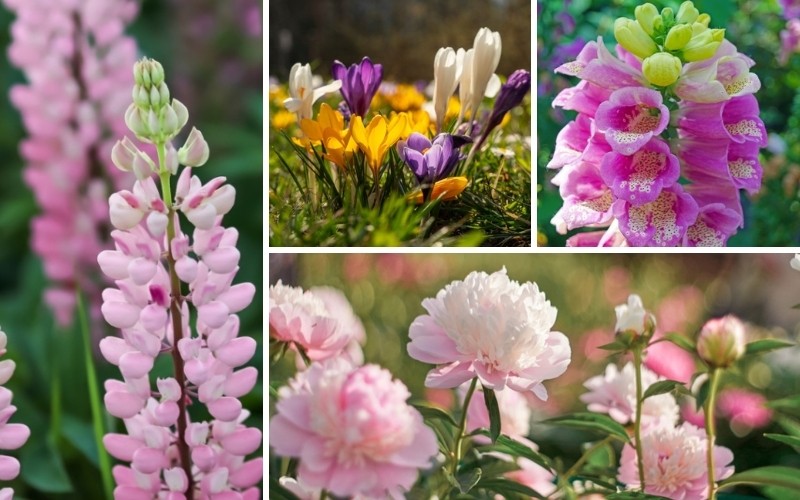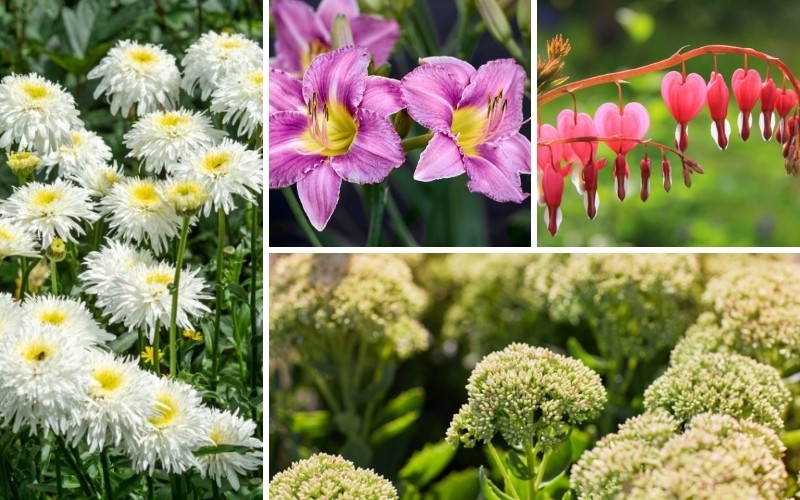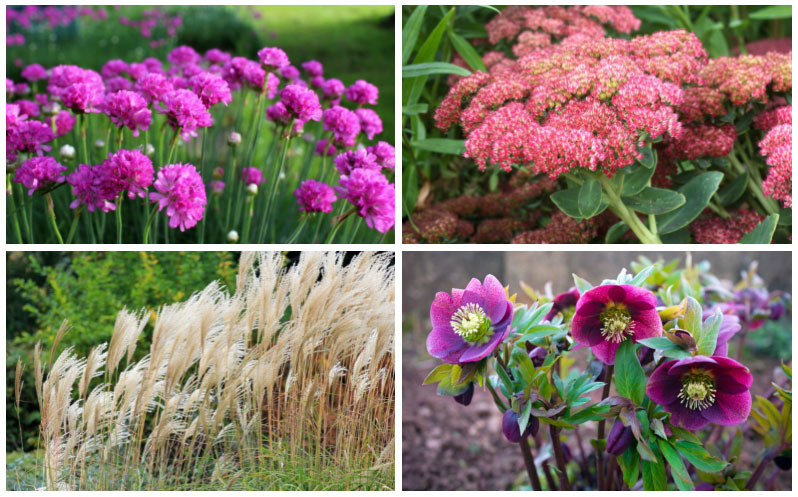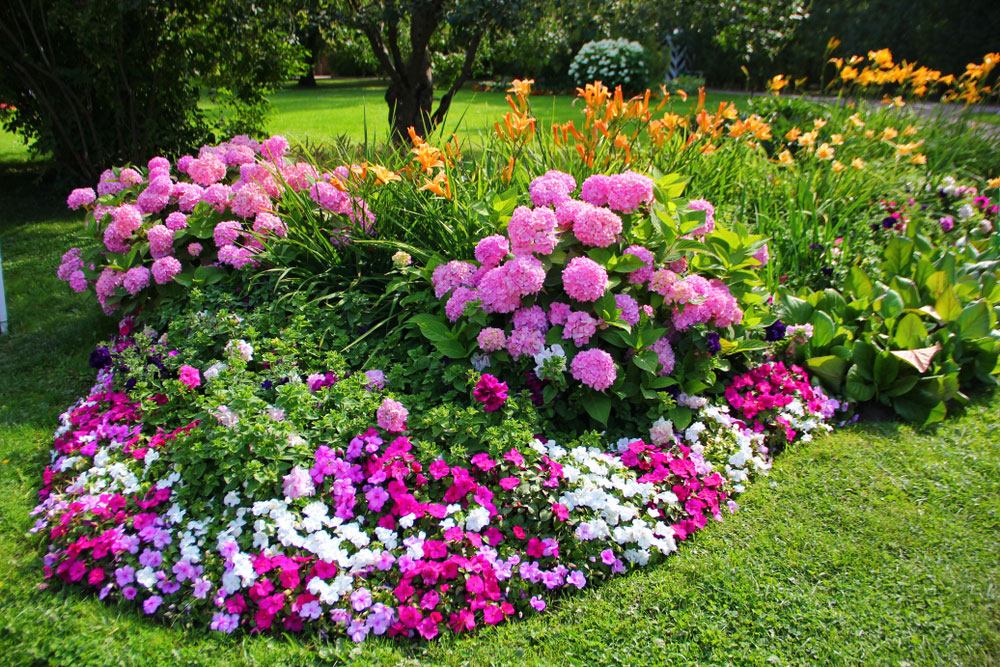
We all want gardens that deliver year after year without constant replanting and fussing. That’s the beauty of perennials – these garden workhorses return season after season, rewarding you with reliable blooms while demanding little maintenance.
May is the perfect moment to add these lasting beauties as the soil warms and frost risks diminish across most regions.
But what exactly makes May such an ideal time for perennial planting? As the ground thaws completely and spring showers provide natural irrigation, new plants can establish strong root systems before summer’s heat arrives. This timing gives your perennials the best chance to settle in and prepare for years of stunning displays in your landscape.
Let’s go over 20 versatile perennials you can plant this month that thrive across multiple USDA hardiness zones.
Sun-Loving Perennials
1. Black-Eyed Susan (Rudbeckia hirta)
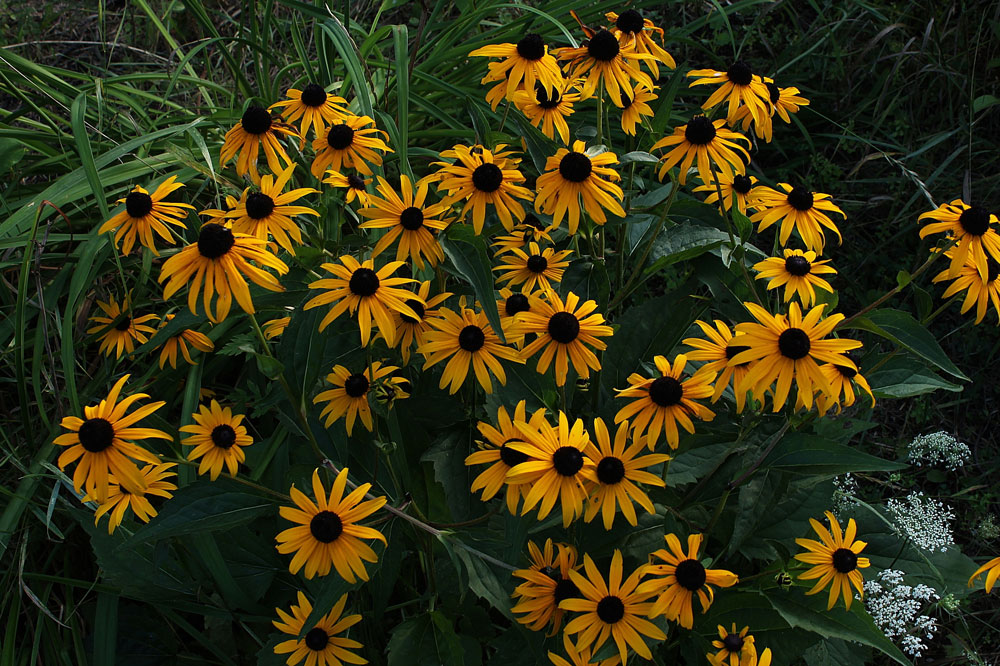
This cheerful wildflower produces daisy-like yellow blooms with distinctive dark centers that attract butterflies and bees throughout summer and into fall.
Black-Eyed Susans thrive in full sun conditions and require minimal maintenance once established. They’re perfect if you’re looking to add reliable color that stands up to heat and drought.
Plant them in well-drained soil and they’ll reward you with months of golden blooms.
Hardiness Zones: 3-9
Height: 20-23 inches
Sun Exposure: Full sun
Bloom Time: Summer through fall
2. Garden Phlox (Phlox paniculata)
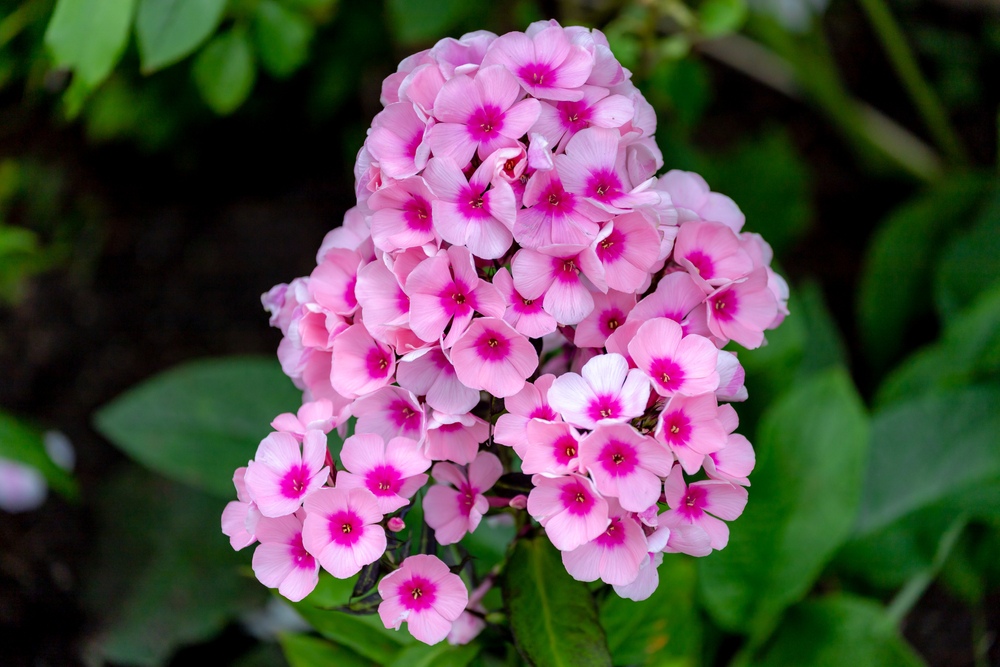
With its fragrant, clustered blooms in shades of pink, purple, and white, Garden Phlox creates a spectacular summer display that draws pollinators from all around.
Newer cultivars like ‘David’ offer improved mildew resistance, which means fewer problems during humid summer days.
You’ll want to give these beauties full sun to part shade and medium moisture in well-drained soil.
Hardiness Zones: 4-8
Sun Exposure: Full sun to part shade
Soil Needs: Medium moisture, well-drained soil
Bloom Time: Midsummer through fall
3. Yarrow (Achillea)
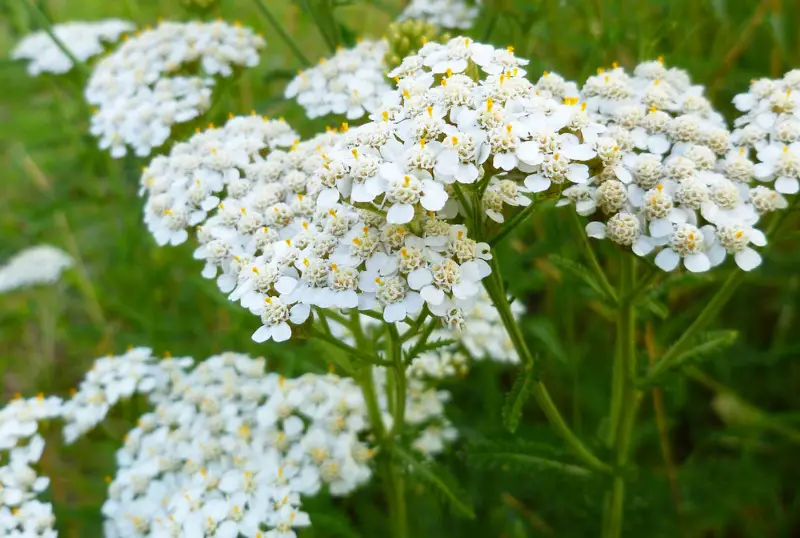
This drought-tolerant perennial produces flat-topped flower clusters in yellow, red, pink, and white shades above feathery foliage.
Yarrow is excellent for cutting and drying, making it double-duty for both garden beauty and indoor arrangements. In fact, its flowers hold their color remarkably well when dried.
Plant in poor to moderately fertile soil with excellent drainage—too much richness actually reduces flowering!
Hardiness Zones: 3-9
Height: 18-30 inches
Spread: 18-24 inches
Sun Exposure: Full sun
4. Ice Plant (Delosperma cooperi)
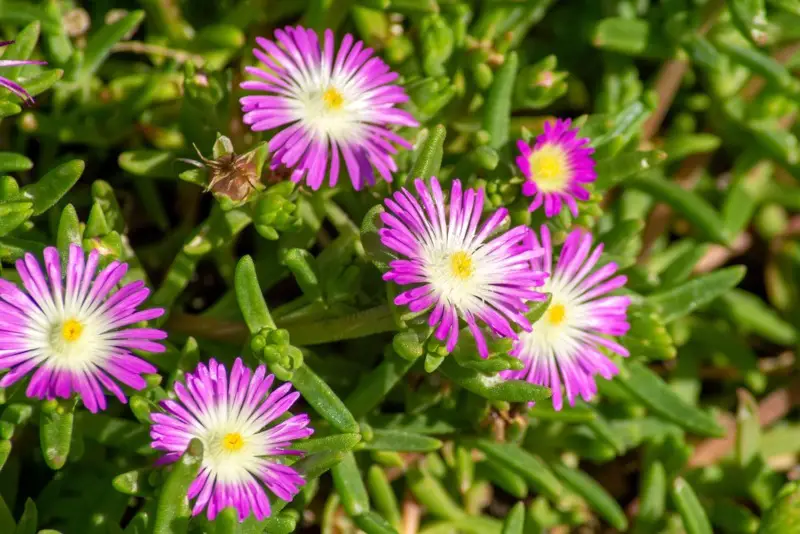
Perfect for rock gardens and ground cover, Ice Plant produces vibrant purple-red daisy-like blooms and has unusual succulent foliage that adds interesting texture to your garden.
While it’s drought-tolerant once established, you’ll want to ensure good drainage, as these plants can rot in wet winter soils. Plant in full sun and step back to watch this low-maintenance beauty thrive.
Hardiness Zones: 5-10
Height: 3-6 inches
Sun Exposure: Full sun
Soil Needs: Dry, well-drained soil with good drought tolerance
5. Shasta Daisy (Leucanthemum)
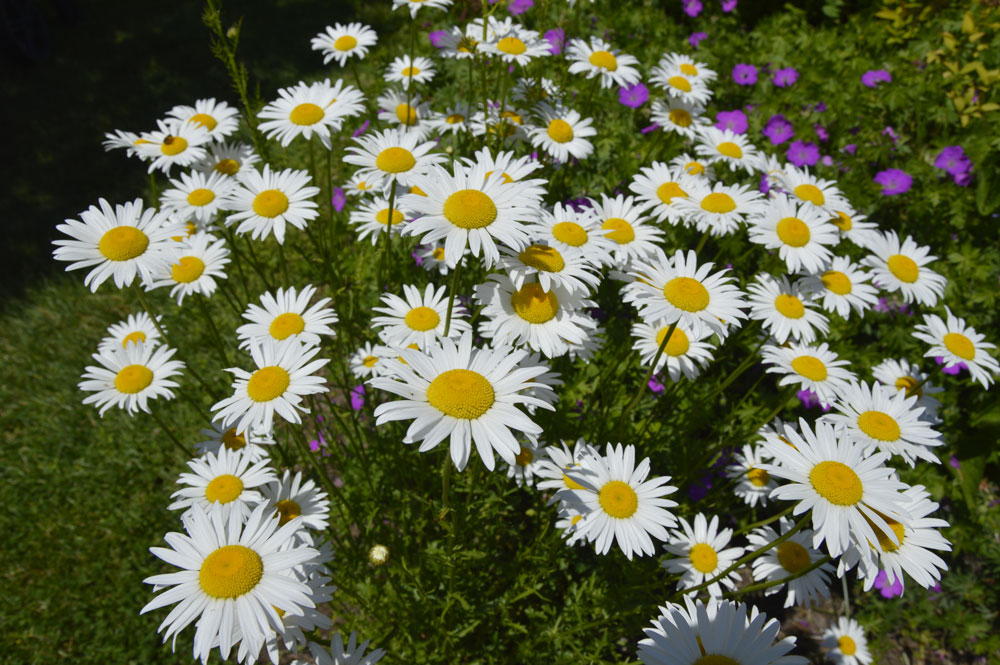
With classic white petals surrounding yellow centers, Shasta Daisies bring timeless charm to summer gardens and make excellent cut flowers.
These cheerful perennials are easy to grow and provide weeks of blooms if deadheaded regularly. If you’re looking to brighten a sunny border with reliable performers, Shasta daisies are hard to beat.
Hardiness Zones: 4-9
Sun Exposure: Full sun
Bloom Time: Early summer to fall
Shade-Tolerant Perennials
6. Astilbe
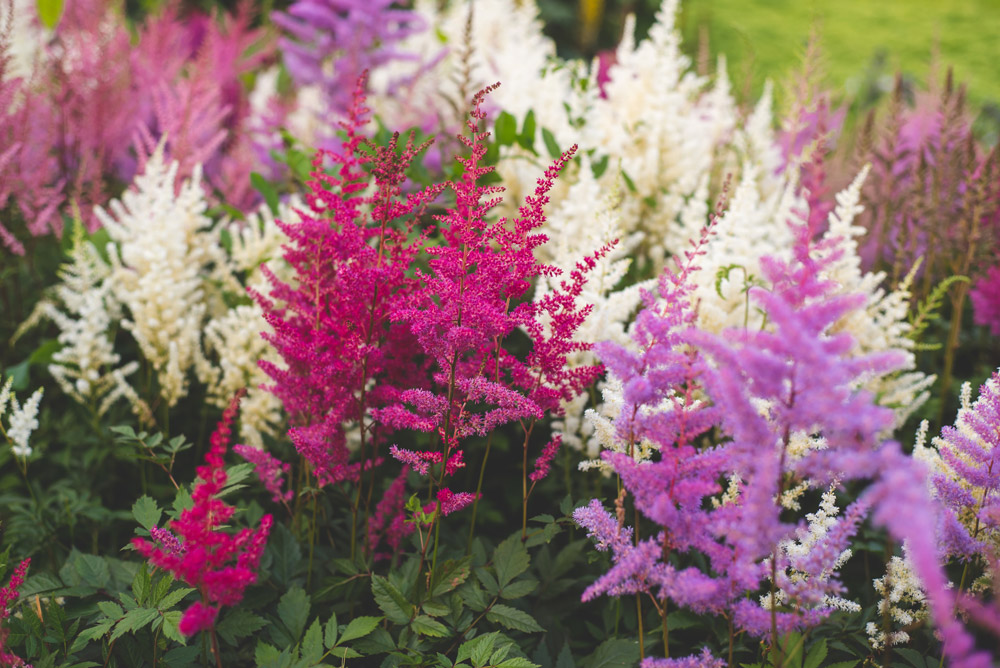
These elegant perennials illuminate shady areas with feathery plumes in white, pink, red, and purple. Astilbes prefer consistently moist soil and offer both beautiful flowers and attractive, fern-like foliage.
They’re perfect companions for hostas and ferns in those challenging shady spots. You’ll want to keep them well-watered during dry spells, as they don’t tolerate drought.
Hardiness Zones: 4-8
Height: 12-48 inches
Light: Part shade to full shade
Bloom Time: Early summer to fall
7. Coral Bells (Heuchera)
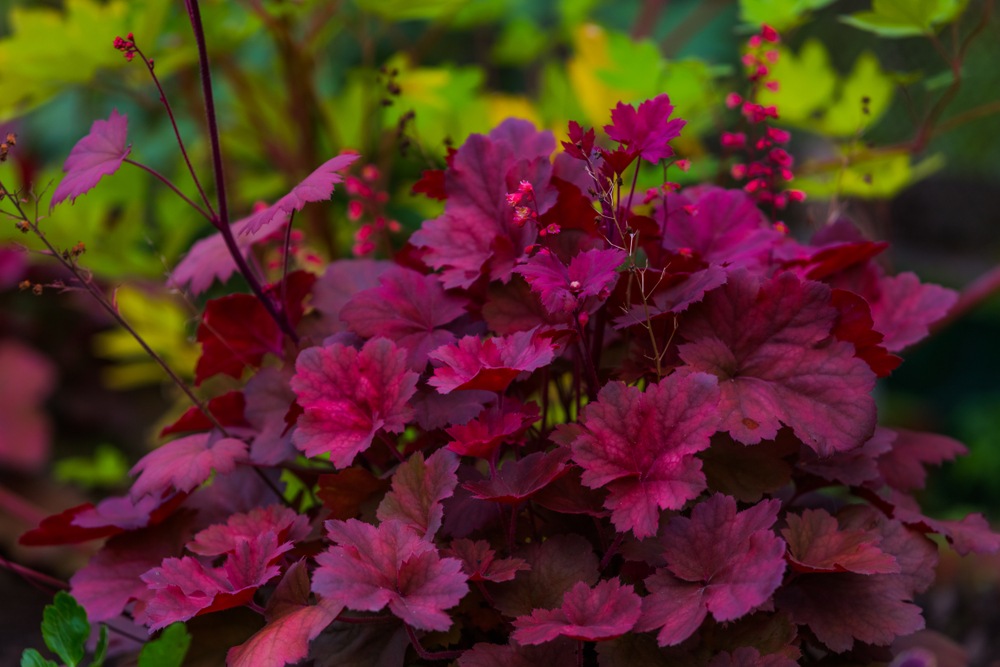
Grown primarily for their colorful foliage in shades of purple, red, caramel, and silver, Coral Bells also produce delicate flower stalks that attract hummingbirds.
These versatile perennials make excellent ground covers in partially shaded areas. And so, while the flowers are charming, it’s really the year-round foliage interest that makes these plants invaluable in garden design.
Hardiness Zones: 4-9
Sun Exposure: Part shade to full shade
Bloom Time: May through summer
8. Bleeding Heart (Dicentra)
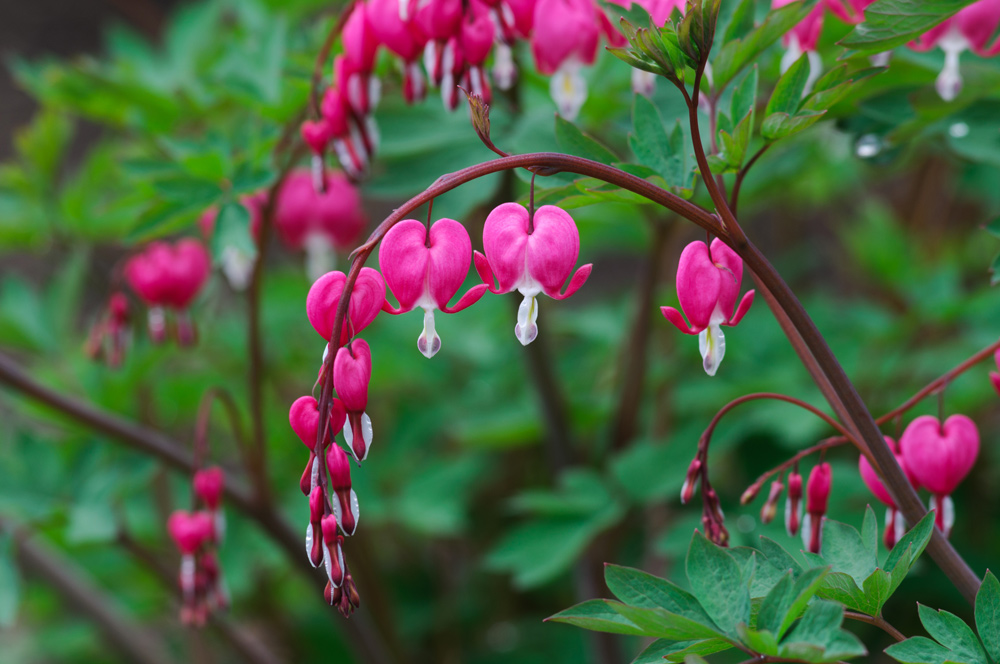
This woodland classic produces arching stems with distinctive heart-shaped flowers, typically in shades of pink and white.
The unique blooms appear in spring to early summer, adding romance and whimsy to shady garden corners. However, be aware that Bleeding Heart often goes dormant in hot summer weather, so plan companion plants to fill in when they retreat.
Hardiness Zones: 3-9
Sun Exposure: Part to full shade
Bloom Time: Spring to early summer
9. Lungwort (Pulmonaria)
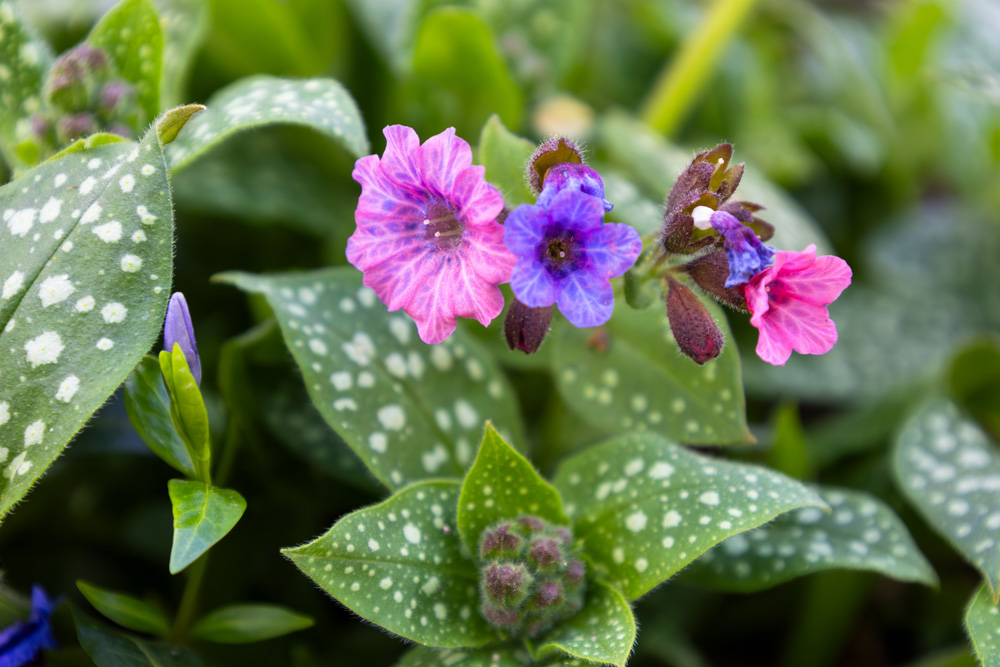
Lungwort offers spotted or silver-marked foliage and clusters of pink, blue, or white flowers that pollinators love.
These shade-lovers are among the earliest perennials to bloom in spring, providing an important early nectar source for emerging bees.
The spotted foliage continues to add interest long after the flowers fade, making this a multi-season performer.
Hardiness Zones: 3-8
Height: 12 inches
Spread: 18 inches
Sun Exposure: Part to full shade
10. Elephant’s Ears (Bergenia)
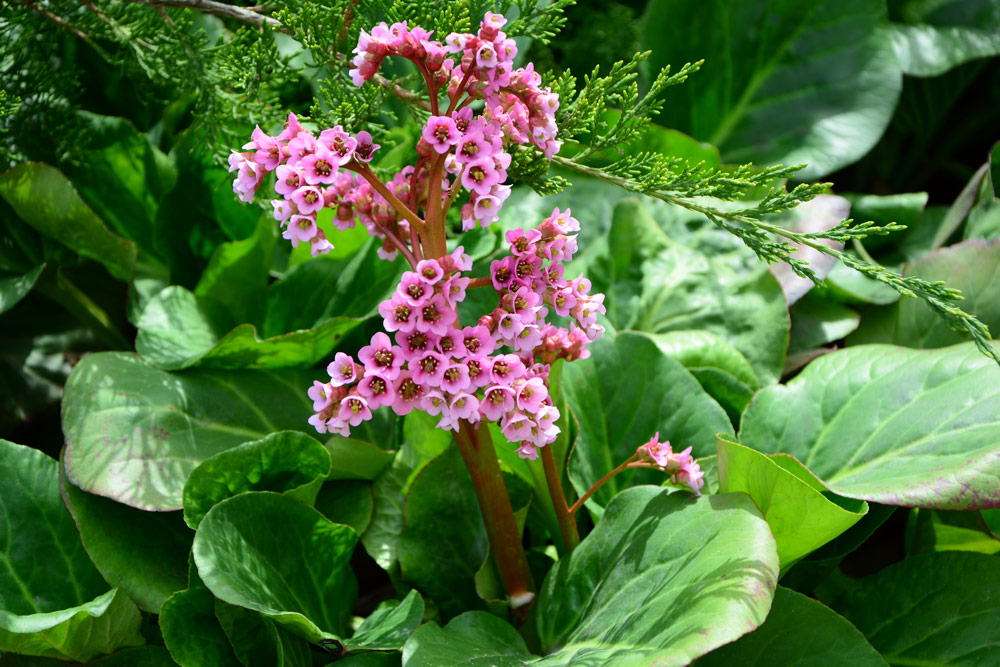
Known for large, rounded evergreen leaves, this tough perennial produces clusters of pink, white, or purple flowers in late winter and early spring.
Bergenia’s leathery foliage often takes on bronzy-red tones in winter, adding color to the garden during the coldest months. They’re incredibly adaptable, thriving in sun or shade as long as they have adequate moisture.
Hardiness Zones: 3-8
Height: 12-18 inches
Spread: 18-30 inches
Sun Exposure: Sun or shade
Long-Blooming Perennials
11. Stella de Oro Daylily
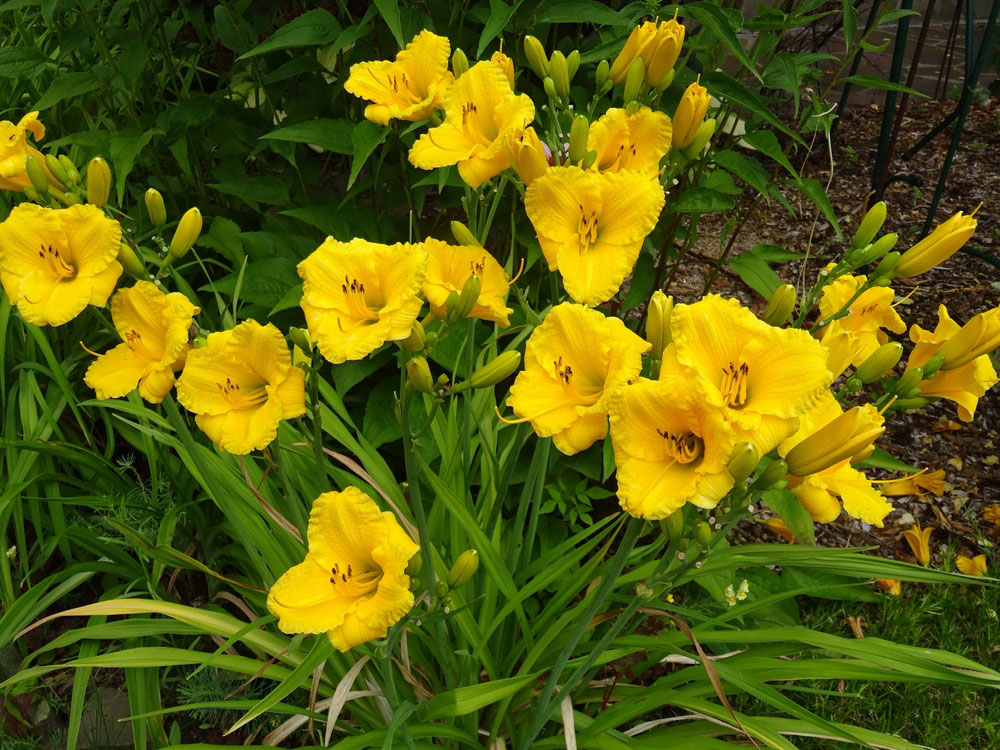
This compact daylily produces golden-yellow blooms consistently from early summer into fall and is exceptionally easy to grow.
While individual flowers last just a day (hence the name), each plant produces so many buds that you’ll enjoy continuous color.
These tough performers tolerate a wide range of conditions from clay soils to urban pollution.
Hardiness Zones: 3-9
Height: 12-18 inches
Sun Exposure: Full sun to part shade
12. Salvia (Perennial Sage)
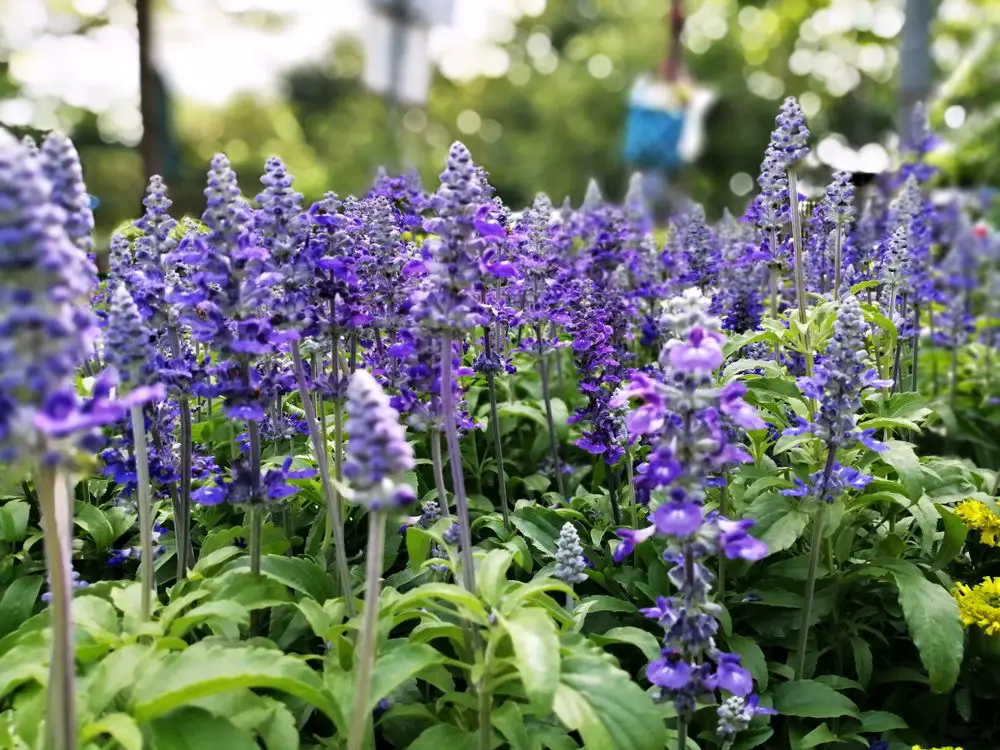
With spikes of purple, blue, pink, or white flowers, salvias attract hummingbirds and butterflies while being deer-resistant.
These aromatic perennials bloom for extended periods and often rebloom if cut back after their first flowering.
If you’re looking to add vertical interest with minimal maintenance, salvias are excellent choices for sunny spots.
Hardiness Zones: 4-9
Sun Exposure: Full sun
Bloom Time: Early summer to fall
13. Coneflower (Echinacea)
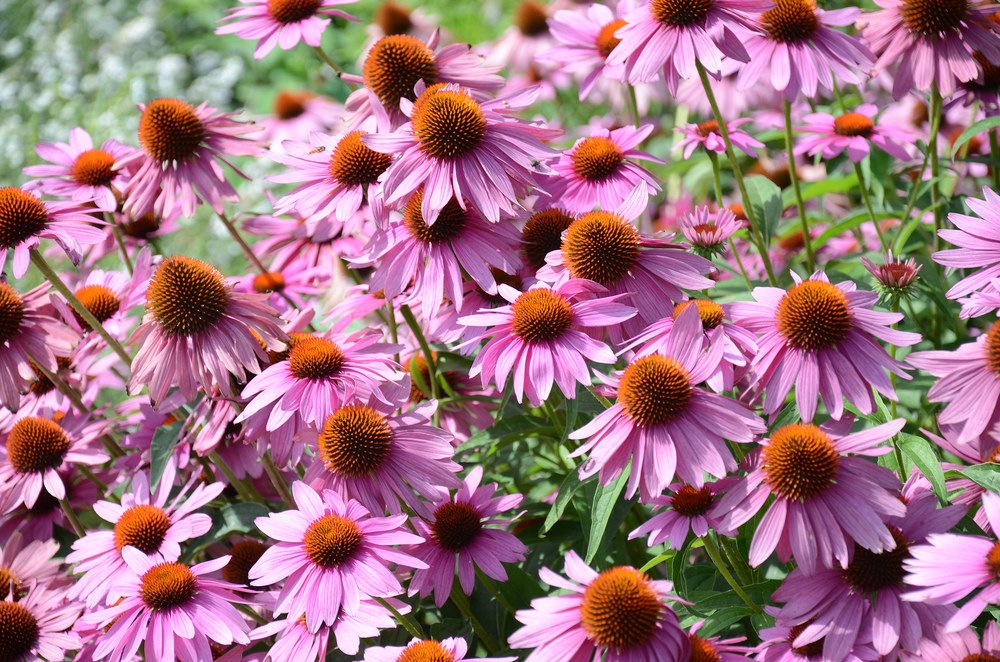
These native prairie plants offer colorful daisy-like blooms with raised centers and exceptional drought tolerance once established.
Coneflowers attract butterflies during their long blooming season and provide seed heads that feed birds through winter.
The newer varieties come in a rainbow of colors beyond the traditional purple, expanding design possibilities.
Hardiness Zones: 3-9
Sun Exposure: Full sun to part shade
Bloom Time: Midsummer through fall
14. Catmint (Nepeta)
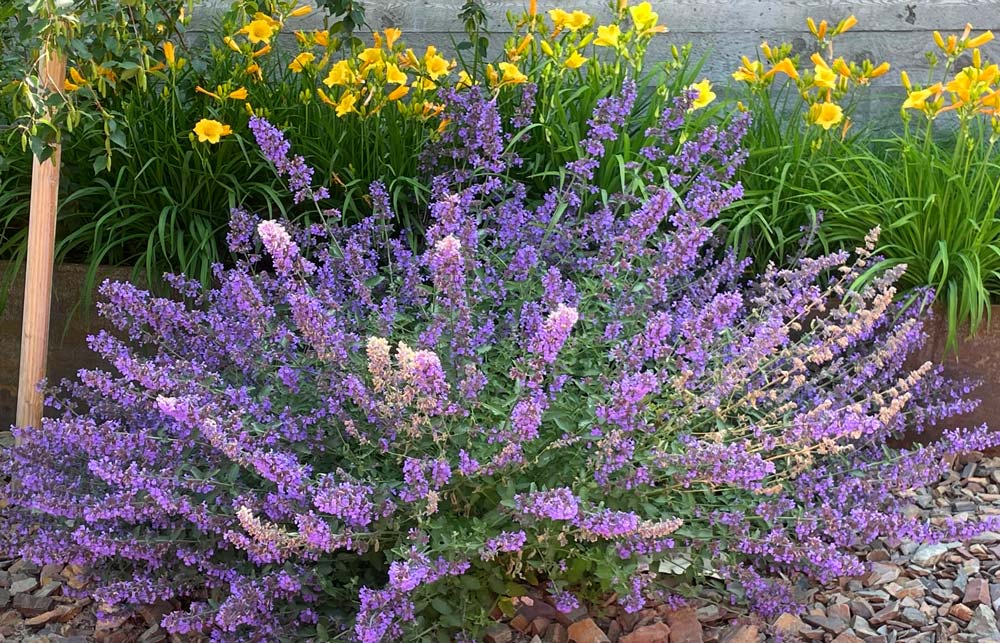
Producing waves of lavender-blue flowers above aromatic gray-green foliage, catmint is highly attractive to bees and butterflies.
This tough perennial blooms heavily in early summer, and with a quick trim, will provide a second flush of flowers later in the season.
Drought-tolerant and deer-resistant, catmint is a problem-solver for many garden challenges.
Hardiness Zones: 3-8
Sun Exposure: Full sun
Bloom Time: Early summer with repeat blooming
15. Bee Balm (Monarda)
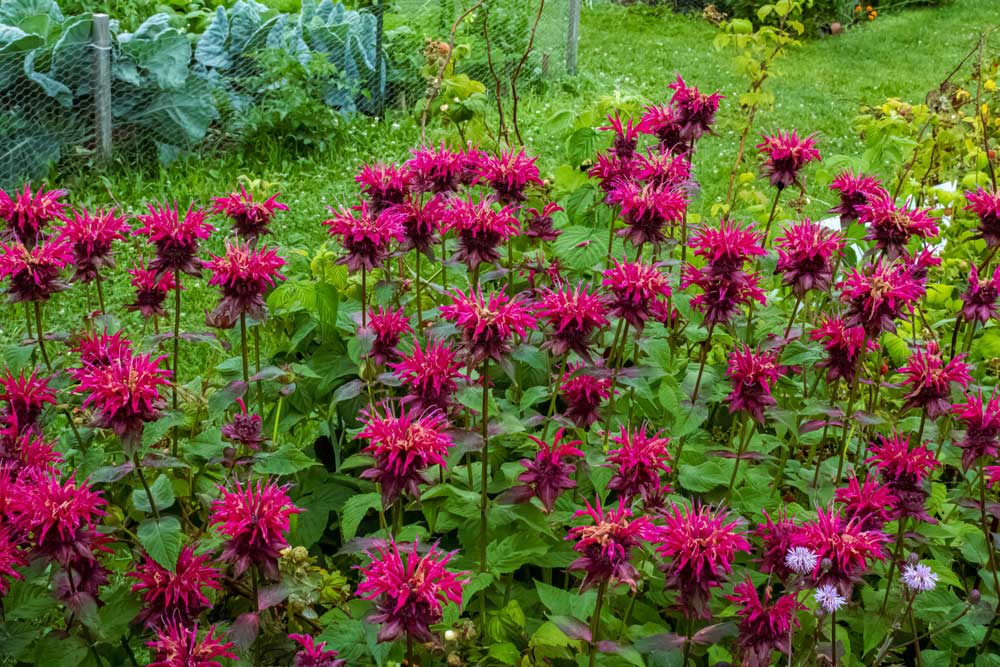
With showy whorls of red, pink, or purple flowers, Bee Balm is exceptionally rich in nectar, attracting bees, butterflies, and hummingbirds.
The mint-family member has aromatic foliage that deters many pest insects. While older varieties can be susceptible to powdery mildew, newer cultivars offer much better resistance to this common problem.
Hardiness Zones: 4-9
Height: 24-30 inches
Spread: 40 inches
Sun Exposure: Full sun and fertile soil
Statement Perennials
16. Peonies
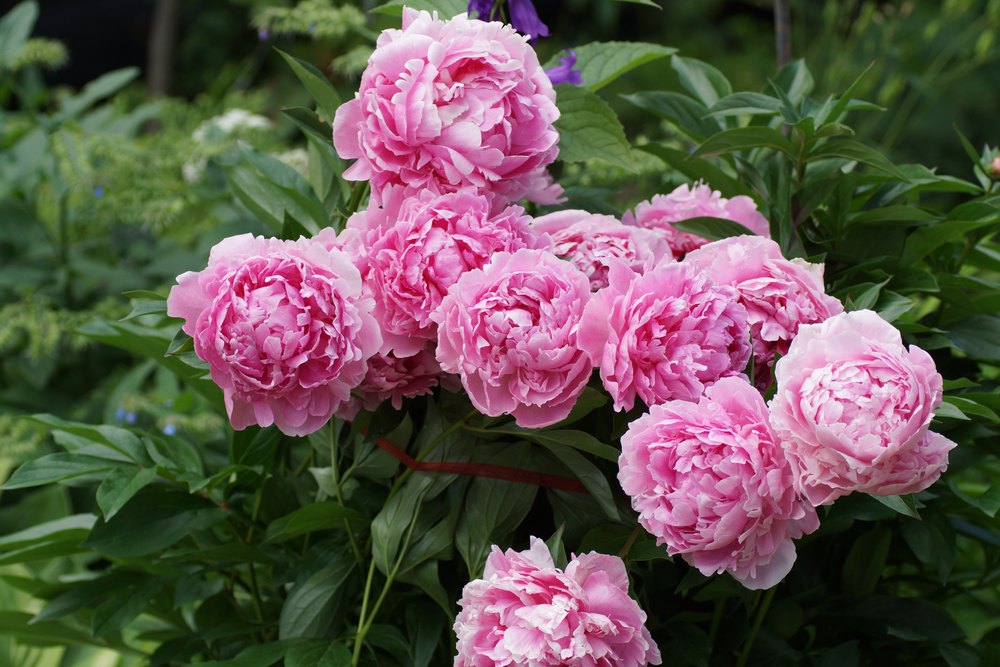
These long-lived perennials produce large, fragrant blooms in late spring. When properly planted, peonies can thrive for decades—some have been known to last over 100 years!
Plant them in May with the “eyes” (growth buds) no more than 2 inches below soil level for best flowering. And so, while they may take a year or two to establish fully, their longevity makes them worth the wait.
Hardiness Zones: 3-8
Height: 36 inches
Width: 36-48 inches
Sun Exposure: Full sun
Bloom Time: Late May through June
17. False Indigo (Baptisia)
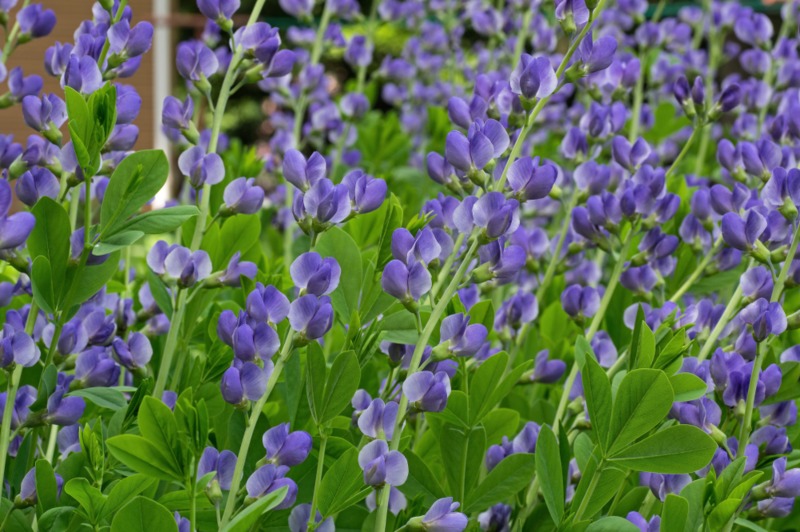
With lupine-like flower spikes in blue, purple, yellow, or white, Baptisia forms large, shrub-like clumps with attractive blue-green foliage.
These native prairie plants develop deep tap roots, making them exceptionally drought-tolerant once established but difficult to transplant.
Plant them where you want them to remain, and they’ll reward you with decades of carefree beauty.
Hardiness Zones: 3-9
Sun Exposure: Full sun to part shade
Bloom Time: Late spring to early summer
18. Oriental Poppy (Papaver orientale)
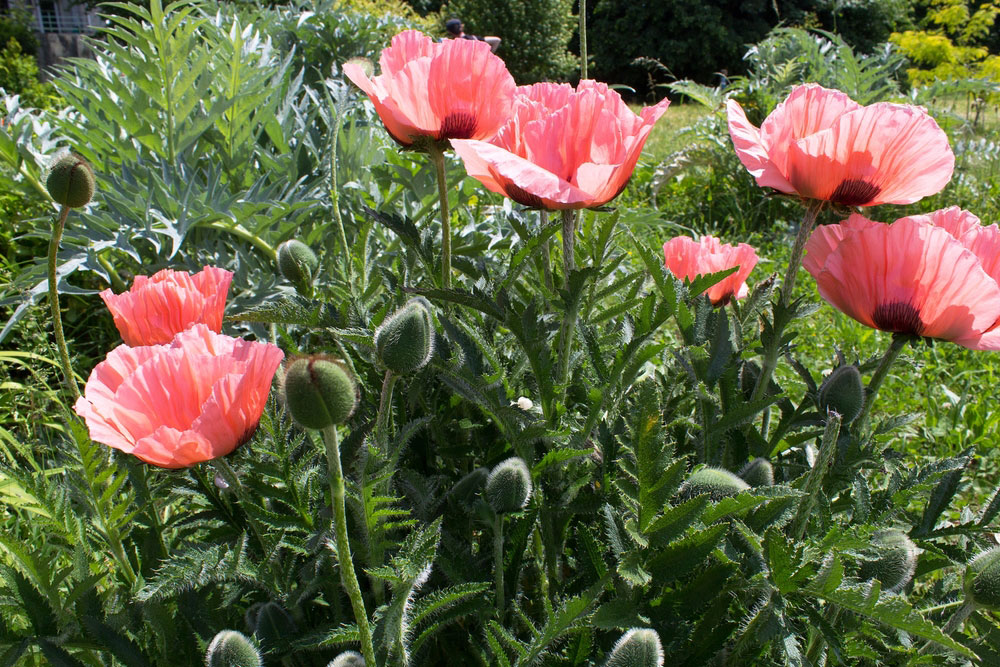
These dramatic perennials produce enormous, tissue-paper blooms in vibrant colors, followed by architectural seedpods.
The bold flowers create unforgettable garden moments, though the plants do go dormant in summer heat.
However, this summer dormancy actually makes them perfect partners for late-season perennials like asters that can fill in the space.
Hardiness Zones: 3-7
Height: 24 inches
Spread: 18-24 inches
Sun Exposure: Full sun to part shade
19. Lupins
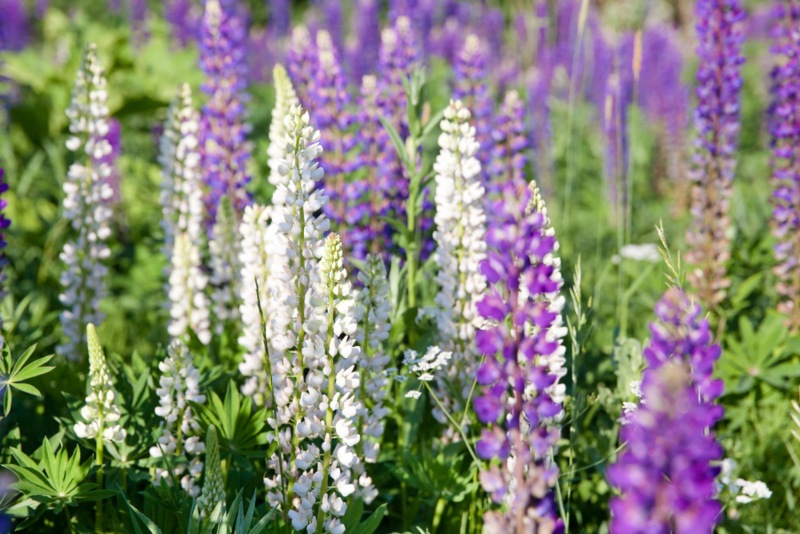
With tall, colorful flower spikes in a rainbow of colors, Lupins create vertical interest in the garden and are classics in cottage garden settings.
These cool-weather lovers make beautiful statements in spring and early summer. While they may be short-lived in hot climates, they often self-seed to maintain their presence in the garden.
Hardiness Zones: 4-8
Height: 18-36 inches
Spread: 18 inches
Sun Exposure: Full sun
20. Allium
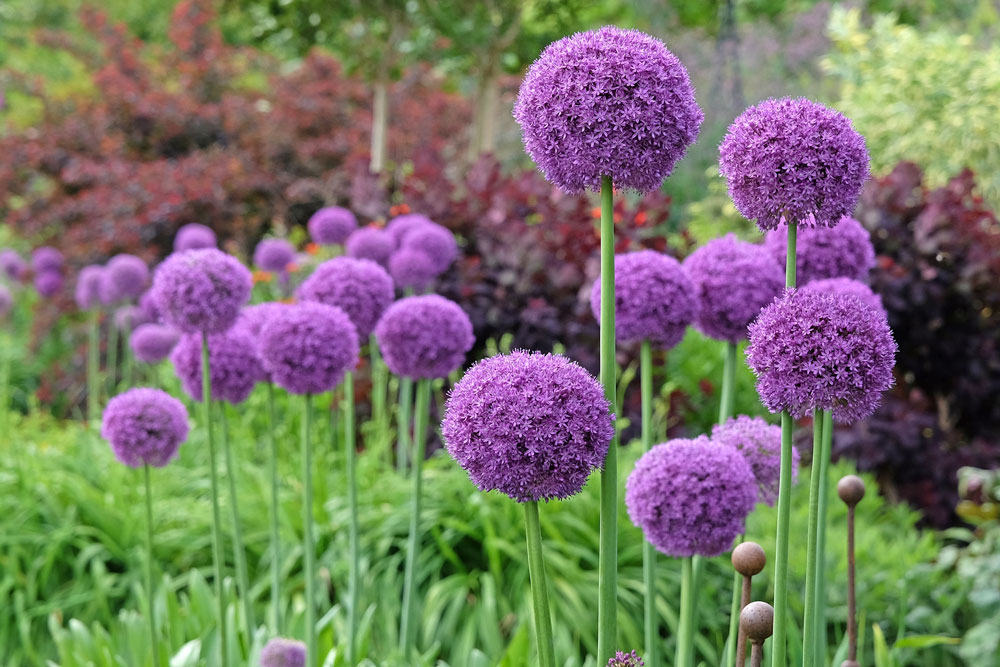
These ornamental onion relatives produce spherical flower heads in purple, white, and pink, creating whimsical “lollipops” throughout the garden.
Planted in May from bulbs or container plants, alliums provide architectural interest among more loosely structured perennials. Their seed heads remain decorative long after flowering, extending their season of interest.
Hardiness Zones: 4-10
Height: 12-72 inches
Sun Exposure: Full sun to part sun
Soil pH: 5.5-6.5
Planting Tips for May Perennials
When adding these perennials to your garden this month, keep these helpful guidelines in mind:
- Always check your specific hardiness zone to ensure your selections are appropriate for your region.
- For container-grown perennials, dig a hole that’s deeper than the container and twice as wide. Remove the plant, loosen the roots if pot-bound, place it in the hole, and backfill with soil.
- For bare-root perennials, create a soil mound in the planting hole and spread the roots over it before backfilling.
- Consider your soil type – clay soils may need amendment for better drainage, while sandy soils benefit from added organic matter to retain moisture.
- Match plant needs to available sunlight – shade-lovers will scorch in full sun, while sun-lovers won’t bloom well in shade.

